What is arsenic?
Arsenic is considered a pollutant, it is toxic and carcinogenic. Arsenic is a silvery-gray metalloid and is very toxic in its compound form. In nature, arsenic is found in sediments of the earth's crust and is therefore commonly found in groundwater and surface waters.
Because arsenic is a naturally occurring element found in soil, water, and air, it cannot be completely removed from the environment, so arsenic can be found in foods, including rice and some fish.
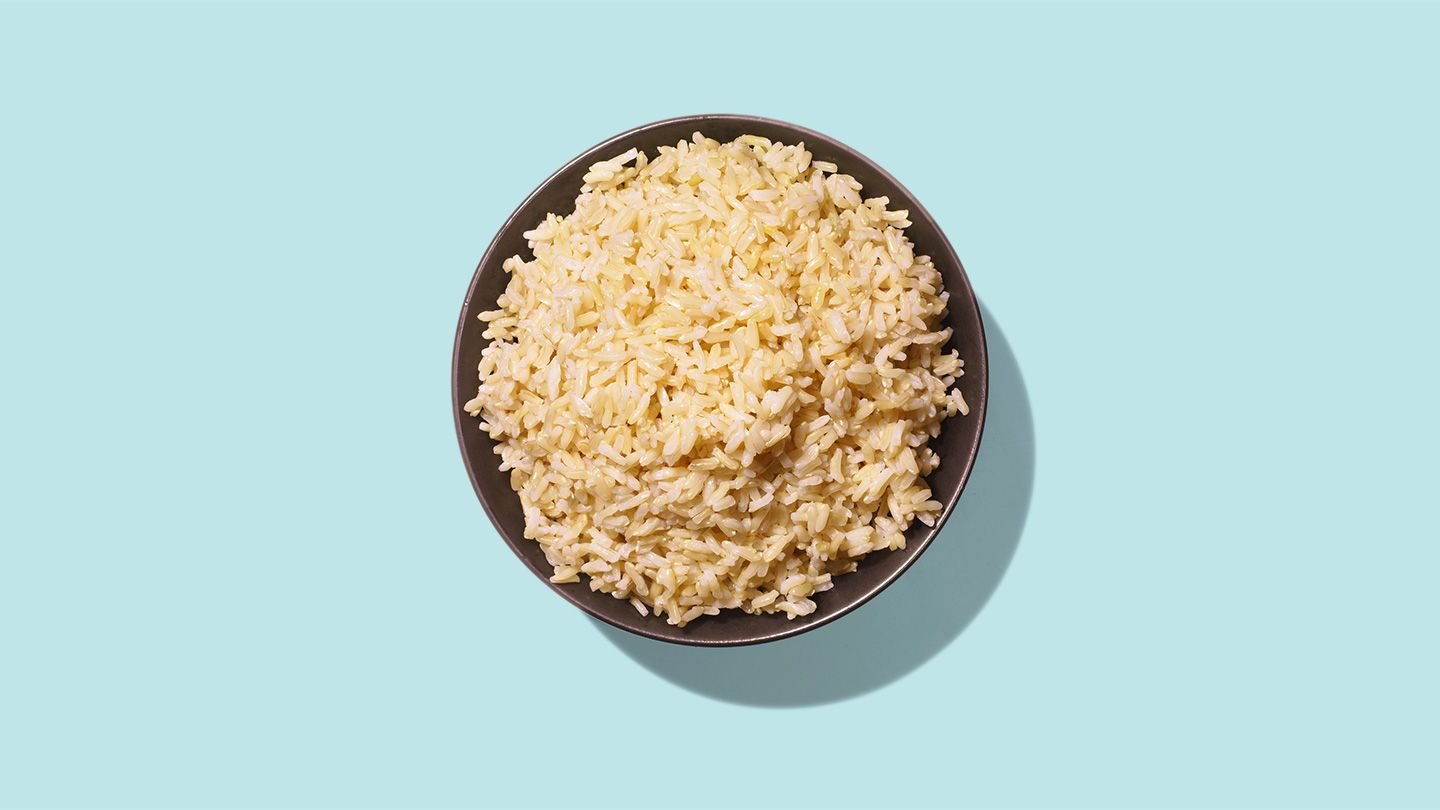
Why brown rice contains arsenic
Brown rice contains more arsenic than white rice due to the way it is processed.
Like other cereals, rice is originally a whole grain, meaning a grain of rice consists of three components: the endosperm, the bran, and the germ.
According to the Whole Grains Council:
- Bran is rich in fiber, important antioxidants and B vitamins.
- The embryo is rich in B vitamins and minerals along with a little protein and healthy fats.
- The endosperm consists of starchy carbohydrates, protein and small amounts of vitamins and minerals.
Arsenic accumulates in the bran layer, which is removed during the production of white rice.
Whole grain rice like brown rice is milled to remove only the hull, leaving the bran layer intact. Therefore, brown rice still contains the bran, endosperm, and germ.
In contrast, to make white rice, the bran and germ are removed, leaving behind mostly the endosperm. Since the endosperm is mostly starchy carbohydrates, white rice is a nutritionally reduced version of its original form.
Source: https://laodong.vn/suc-khoe/tai-sao-trong-gao-lut-co-chua-arsen-1364828.ldo



![[Photo] General Secretary To Lam, Secretary of the Central Military Commission attends the 12th Party Congress of the Army](https://vphoto.vietnam.vn/thumb/1200x675/vietnam/resource/IMAGE/2025/9/30/9b63aaa37ddb472ead84e3870a8ae825)
![[Photo] Panorama of the cable-stayed bridge, the final bottleneck of the Ben Luc-Long Thanh expressway](https://vphoto.vietnam.vn/thumb/1200x675/vietnam/resource/IMAGE/2025/9/30/391fdf21025541d6b2f092e49a17243f)
![[Photo] President Luong Cuong receives President of the Cuban National Assembly Esteban Lazo Hernandez](https://vphoto.vietnam.vn/thumb/1200x675/vietnam/resource/IMAGE/2025/9/30/4d38932911c24f6ea1936252bd5427fa)
![[Photo] The 1st Congress of Phu Tho Provincial Party Committee, term 2025-2030](https://vphoto.vietnam.vn/thumb/1200x675/vietnam/resource/IMAGE/2025/9/30/1507da06216649bba8a1ce6251816820)
![[Photo] Solemn opening of the 12th Military Party Congress for the 2025-2030 term](https://vphoto.vietnam.vn/thumb/1200x675/vietnam/resource/IMAGE/2025/9/30/2cd383b3130d41a1a4b5ace0d5eb989d)












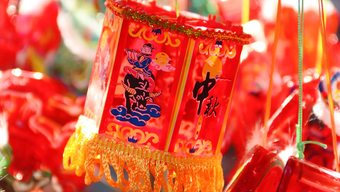



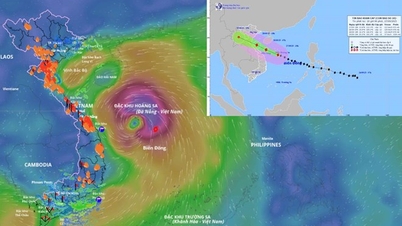







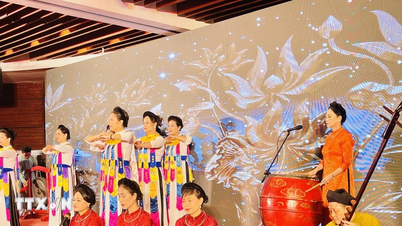


































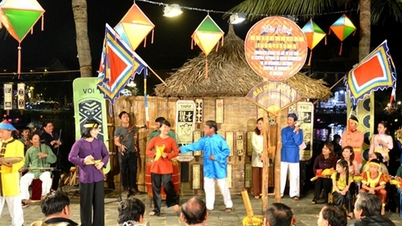




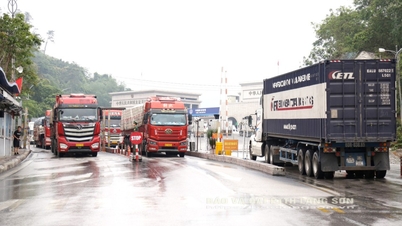

















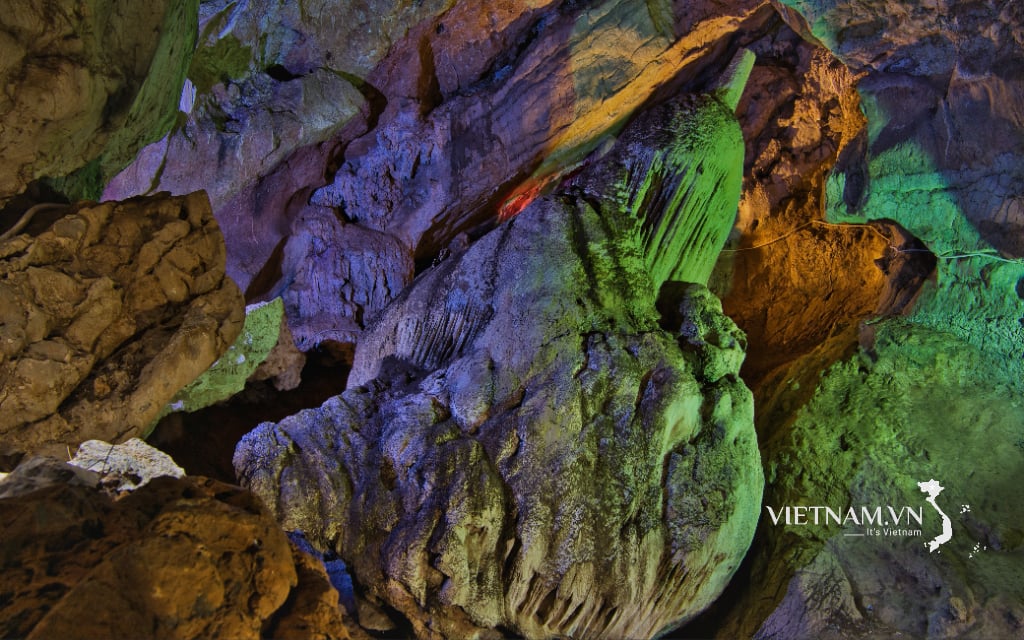



Comment (0)